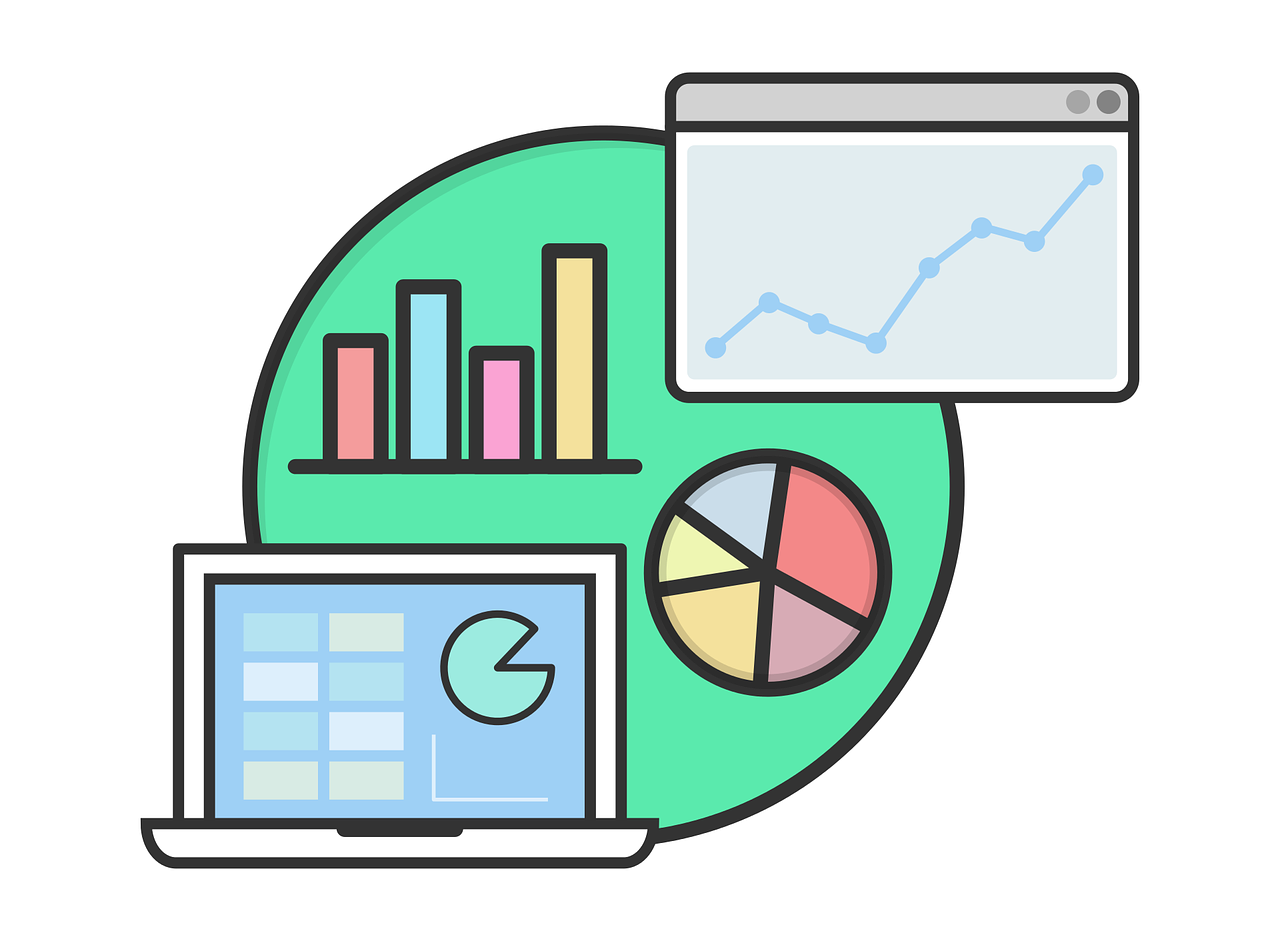Descriptive statistics are used to summarize and describe the main features of a dataset. Depending on the type of data and the specific research or analysis objectives, different descriptive statistics can be employed. Here are some common descriptive statistics and where to use them:
Table of Contents
Mean
The arithmetic average of a set of values. Use the mean when you want to represent the typical value in a dataset with continuous or interval data.
Median
The middle value in a sorted dataset. Use the median when your data contains outliers or is not normally distributed, as it is less affected by extreme values.
Mode
The most frequently occurring value in a dataset. Use the mode when dealing with categorical or discrete data to identify the most common category.
Range
The difference between the maximum and minimum values in a dataset. Use the range to understand the spread or dispersion of data.
Standard Deviation
A measure of the spread or dispersion of data around the mean. Use the standard deviation to quantify the variability in a dataset.
Variance
The average of the squared differences from the mean. Use variance in conjunction with the standard deviation to describe the distribution of data.
Percentiles
Divide data into 100 equal parts and identify the value below which a given percentage of data falls. Use percentiles to analyze the distribution of data and identify outliers.
Interquartile Range (IQR)
The range between the 25th and 75th percentiles. Use the IQR to measure the spread of data while minimizing the influence of extreme values.
Frequency Distribution
A table that shows the number of occurrences of each value in a dataset. Use frequency distributions to understand the distribution of categorical or discrete data.
Skewness
A measure of the asymmetry of the data distribution. Use skewness to identify if the data is skewed to the left or right.
Kurtosis
A measure of the peakedness or flatness of the data distribution. Use kurtosis to identify if the data has heavy tails or is more peaked than a normal distribution.
Crosstabulation
A tabular summary of data for two or more variables. Use crosstabulation to compare and understand the relationship between categorical variables.
The choice of descriptive statistics depends on the type of data, the research question, and the specific insights you want to gain from the analysis. Different descriptive statistics offer different perspectives on the data, and using multiple measures can provide a comprehensive understanding of the dataset.





